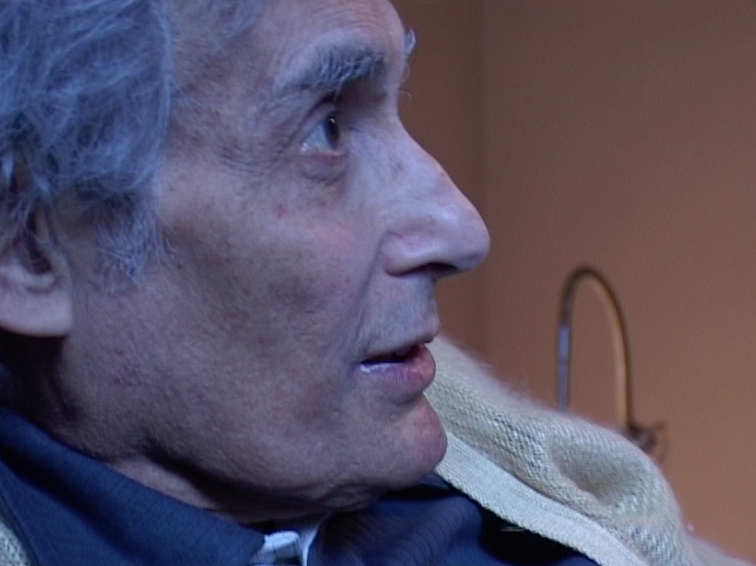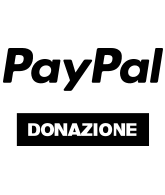CERCA

In viaggio verso Alberto Grifi
[ita]
Il 7 aprile 2006 Alberto Grifi, poco più di un anno prima della sua scomparsa, rilascia l’ultima intervista a Roberto Silvestri e canecapovolto. Ne emerge il ritratto di un cineasta underground che si muove sempre con il duplice obiettivo di tenere insieme la ricerca scientifica e artistica e il cui cinema, influenzato dal metodo di Grotowski, è fatto da persone il cui obiettivo è capire com'è fatta la vita interpretando ruoli che permettono di vivere esperienze diverse da quelle che avrebbero altrimenti vissuto. Il suo interesse per la tecnologia e la costruzione di dispositivi come il vidigrafo è mosso da una riflessione sulle macchine come costruzioni ispirate ai nostri corpi alle quali si contrappone un uso capovolto (e redditizio) della tecnologia stessa, in cui è la tecnica a produrre la scienza. La riflessione si estende anche all’uso politico delle immagini filmate e alla possibilità da parte dello spettatore di diventare autore, come nel caso delle riprese del G8 Genova nel 2001, il cui montaggio avviene in tribunale.
Non meno interessante l’idea dell’utilizzo della trasformazione quotidiana del suo volto, fotografato dal padre per la mera necessità di finire il rullino, come una modalità alternativa di fare psicoanalisi e quella secondo la quale i film sono appunto punte di coscienza che accompagnano il regista nell’arco di una vita.
[eng]
7 April 2006 Alberto Grifi, a year before his death, is interviewed for the last time by Roberto Silvestri and canecapovolto. What emerges in the interview is the portrait of an underground filmmaker who was always intrigued by the dual aim of pursuing scientific and artistic research simultaneously, and whose cinema, influenced by Grotowski's method, was made by people whose objective was to understand how life works by interpreting roles that allow them to live experiences which were totally different from their own ones. His interest in technology and the construction of devices such as the vidigraph was driven by a reflection on machines as constructions inspired by our bodies, a reflection contrasted with an upside down (and profitable) use of technology itself, in which technique produces science. The reflection also extends to the political use of filmed images and the chance for the spectator to become an author, as it happened with the tape recording of the G8 Genoa in 2001, which was edited in court.
The idea of using the daily transformation of his face, photographed by his father for the mere need to finish the film, as an alternative way of carrying out psychoanalysis, is deeply connected with the definition of his own films as points of conscience who go along with the director throughout his life.



